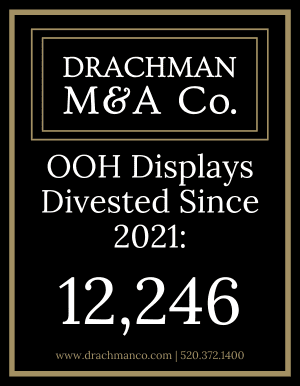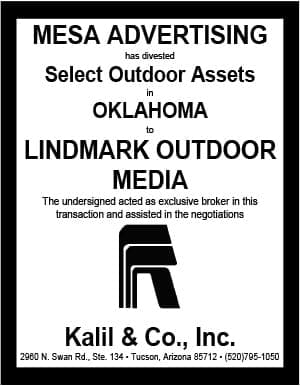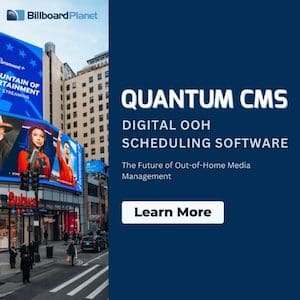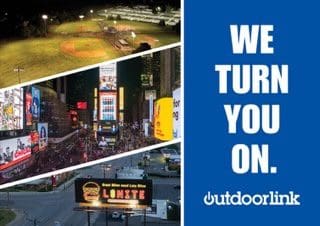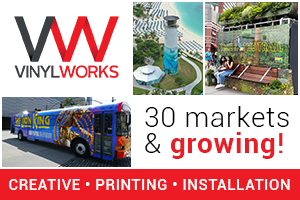U.S. Travel Association reports that travel-related spending is at its highest level since the pandemic began, currently 6% above 2019 levels. Billboard Insider talked with Jonathan Fuller, Chief Revenue Officer at Intersection about how travel and entertainment companies are taking advantage of out of home advertising.

Jonathan, What stands out to you about how consumer travel patterns have been recovering?
The uncertain economy is going to be something to watch as it relates to continued travel recovery.
As of today, there are conflicting stats. An October 2022 survey from Destination Analysis reported that 68% of American travelers were being more careful with their money as a result of recessionary fears. Sentiment is one thing, but actual behavior, at least up until now, does not seem to mirror this. Expedia reported that in the near term, travelers are still actively booking short to mid-term travel. The New York Times also recently ran a story about the sustained and increasing demand for air travel. All three major US airlines expect revenue and profits in the last three months of 2022 to be higher than during the same period in 2019, even though they will offer fewer flights. That tells you that actually, many consumers are willing to pay even more than they did prior to the pandemic to get away.
Lastly, the NYT article also pointed to the flexibility of remote work as an impetus for permanent change in when, and how, people travel. They noted that passengers have started to spread out travel, reducing discrepancies in demand between weekends and midweek travel. This of course also has a trickle effect on Airline adjacent industries— hotels, and convention and visitor bureaus (CVBs), to name a few.
Intersection’s tourism and travel spending is up 350%. What kinds of clients are driving the push?
It’s interesting to note that we saw a nearly consistent presence in this category throughout 2020 and 2021, when many categories went dark. At that time, the vast majority of spend came from local CVBs— for example, a CVB in Michigan advertising to consumers in Chicago, who could drive to their destination within a few hours.
What we’ve seen this year is again, many American CVBs are advertising across the country. Not necessarily the same ones we saw in 2020/2021, which is interesting to note. We’ve also seen the reentrance of international airlines and international destinations that have been dark for the past couple of years. Additionally, we’re seeing significant activity from major US hotel and airline brands as they compete in what has been an extremely hot marketplace.
What kinds of out of home assets are most suitable for tourism and travel campaigns?
We have seen spending across the board from airports to transit systems to city centers. In terms of the most suitable OOH assets, it really depends on the message, your goal, and the target audience. Airport advertising is attractive to many advertisers, as it offers a rich canvas for messaging in a very concentrated, contextually relevant environment. But airport advertising just scratches the surface. By far, travel and tourism advertisers are using our assets in cities and on transit systems to reach their target audience in spaces where their ad can’t be skipped. We’ve seen a great deal of spending on our digital networks, like LinkNYC, which offer flexible buying and unique creative opportunities for advertisers— all in real time. On the static side, large format media like bus or rail wraps, as well as Ultra Super Kings (sort of like a poster-sized, moving billboard on a bus) are also extremely popular, as they are very eye-catching. These large format assets provide a canvas that works extremely well for mountainscapes, ocean views, and other beautiful travel visuals.
[wpforms id=”9787″]
Paid Advertisement
